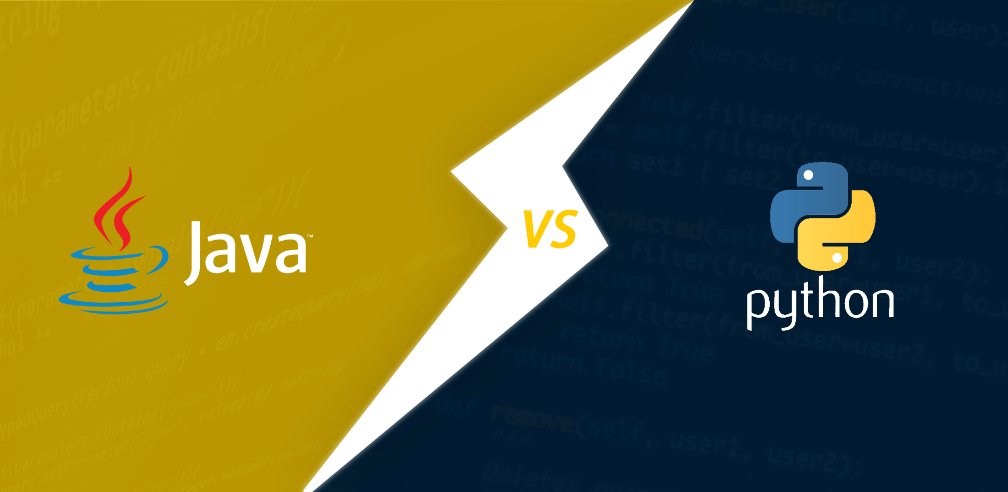Java is the core language used in android application development.If you have a strong base in java you can create any android application very simply.
Now the world is behind python ,most of artificial intelligence concepts are implemented in Python a powerful language .

Superman vs. Batman. Star Wars vs. Star Trek. Coke vs. Pepsi. The choice between Java vs. Python isn’t really that kind of rivalry—the two languages typically have different use cases and fan bases.
But as two of the most popular programming languages around, it’s worth looking at some of their similarities, differences, advantages, disadvantages, and ideal use cases.
First off, despite that Instagram joke, it’s important to remember that Java and Python share important similarities as well as key differences. Both are powerful programming languages, for example, with large, devoted communities and a huge array of libraries supported by legions of developers. If you can’t do something with the native language itself, you can very likely find a library to provide the required support. In fact, no one may truly know the bounds of the library support for either language because no one person could try them all. Obviously, some libraries are more popular than others, and some appear in nearly every application of any consequence at some point.
But Java and Python are also very different from a number of perspectives. Some of these differences are objective and not open to debate, while others are a matter of opinion, usage preference, or programming environment.
For example, Java is a compiled language and Python is an interpreted language.
 This difference gives each language particular benefits and
drawbacks. Even as arguments rage over whether compiled code is faster
to execute than interpreted code, for example, the truth is typically
more nuanced. Whether one language is faster than another depends—among
other things—on the environment in which they’re used. For example,
Python is more adept at running in massively parallel mode on GPUs.
This difference gives each language particular benefits and
drawbacks. Even as arguments rage over whether compiled code is faster
to execute than interpreted code, for example, the truth is typically
more nuanced. Whether one language is faster than another depends—among
other things—on the environment in which they’re used. For example,
Python is more adept at running in massively parallel mode on GPUs.The two languages are also written differently. When creating a structure in Java, you enclose it in braces. Python uses indentation to perform the same tasks. FreeCodeCamp calls Python code “neat, readable, and well structured. Proper indentation is not just for beauty here — it determines code execution.”
These structural differences can affect how programmers view the languages and the speed at which a programmer can type them. Theoretically, they also have an impact on the skill level required to learn the language. In most cases, though, the issue really comes down to a matter of personal preference. More to the point, perhaps, many developers rely on IDEs, coding environments, and templates, which makes the issue far less important.
 Programmers endlessly debate the merits of the two languages in other ways, as well. For example, some people claim that a developer can be five to ten times more productive in Python because Python supports, among other things, dynamic typing. Others have opposing views about the productivity issue.
Most of these arguments use different approaches to prove their point,
making for not-very-useful apples-to-oranges comparisons. Which language
is ultimately more productive typically depends on the developer’s
experience with the language, coding style, and application-development
requirements.
Programmers endlessly debate the merits of the two languages in other ways, as well. For example, some people claim that a developer can be five to ten times more productive in Python because Python supports, among other things, dynamic typing. Others have opposing views about the productivity issue.
Most of these arguments use different approaches to prove their point,
making for not-very-useful apples-to-oranges comparisons. Which language
is ultimately more productive typically depends on the developer’s
experience with the language, coding style, and application-development
requirements.Practically speaking, remember, language tools eventually turn whatever programmers create into machine code. So choosing a language isn’t a matter of which one the machine will like more, but one of meeting a developer’s requirements for clearly conveying a task to the machine in terms that the developer understands.

Comments
Post a Comment